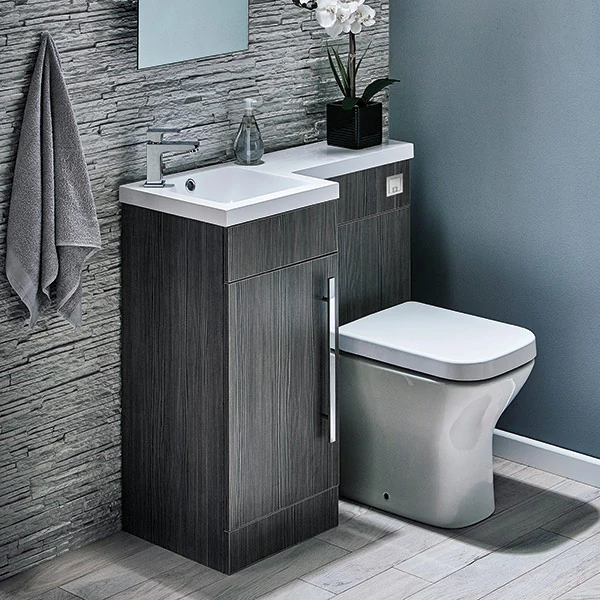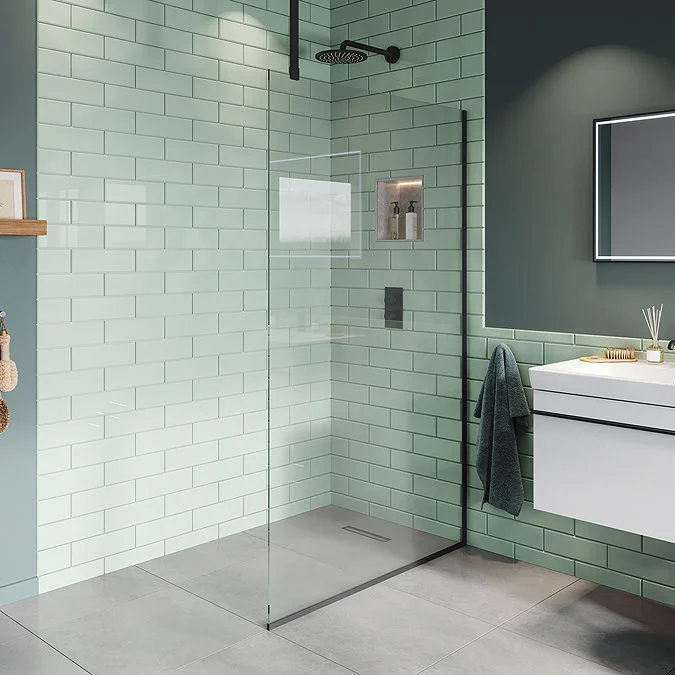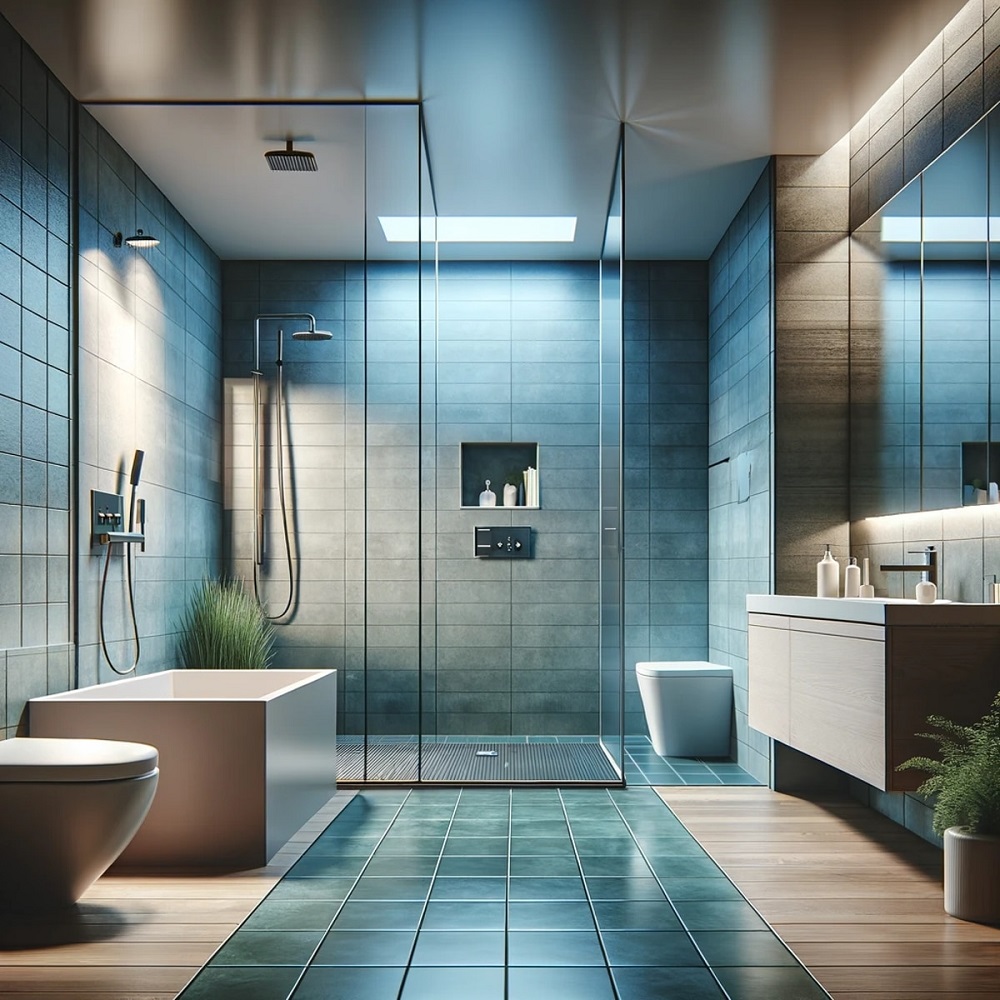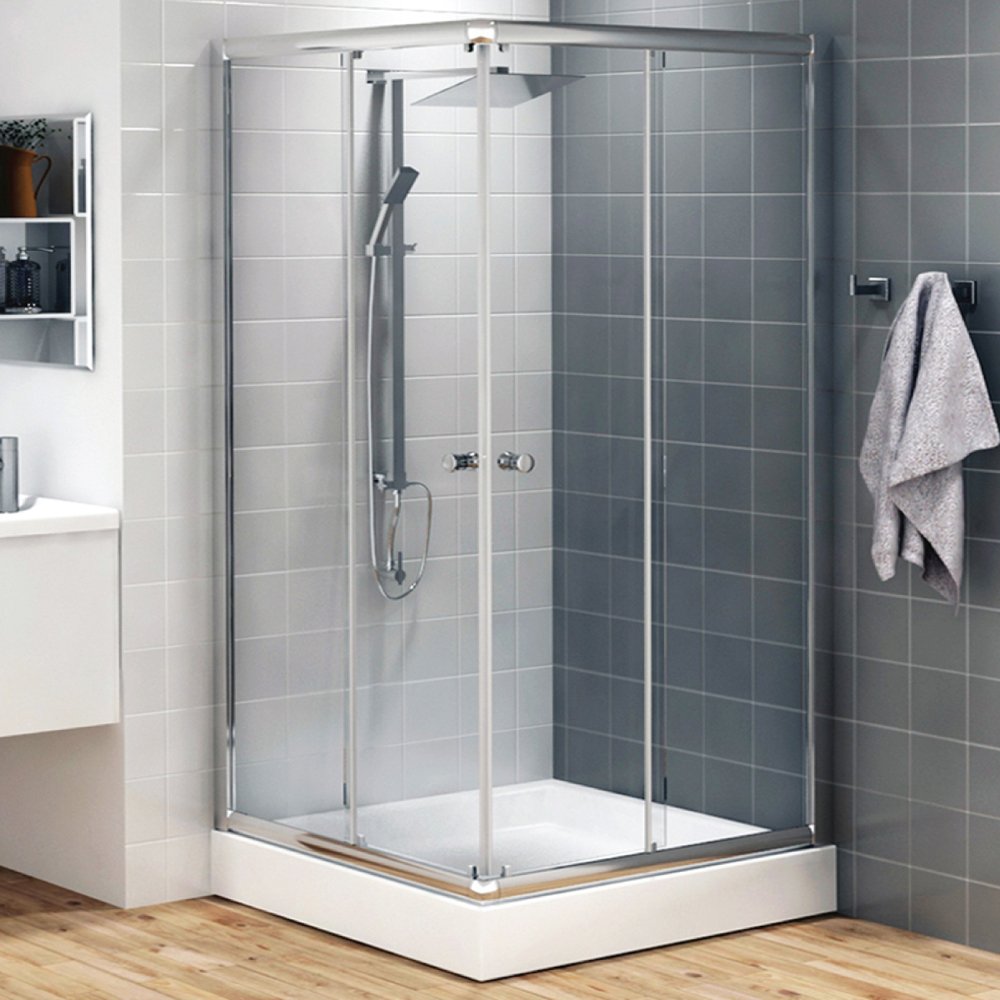Renovating a bathroom is one of the most rewarding home improvement projects you can undertake. A well-planned bathroom renovation can improve functionality, enhance aesthetics, and increase the overall value of your home. However, this process can also be overwhelming without the right approach. This comprehensive guide will lead you through the entire renovation process—from the initial planning stages to the finishing touches—ensuring that you renovating a bathroom into a beautiful and functional space.
Assessing Your Needs and Setting a Budget
Identify Your Goals
The first step in your bathroom renovation journey involves identifying your specific goals. Consider the current issues with renovating a bathroom—are you facing a lack of storage, outdated fixtures, or insufficient lighting? By pinpointing the improvements you want to make, you can create a clearer vision for the renovation.
Think about who primarily uses the bathroom. Is it a master bath, a guest bath, or a family bathroom? Each type serves different needs. For a master bath, you may want to prioritize luxury and relaxation, while a family bathroom may require more durable materials and fixtures to withstand heavy use.
Create a Realistic Budget
Once you understand your renovation goals, it’s time to set a budget. Renovating a bathroom can vary widely in cost, depending on factors such as size, quality of materials, and whether you hire a contractor or do it yourself. Establish a budget that reflects your priorities while considering the costs associated with labor, materials, unexpected expenses, and permits.
As a general guideline, for a mid-range renovation, you may expect to spend between $10,000 and $30,000, while luxury renovations can cost significantly more. Be sure to allocate about 10-20% of your budget for unforeseen issues. This cushion will help cover any surprises, such as plumbing issues that could arise during the renovation.

Designing the New Space
Consider the Layout
Next, focus on designing the new layout of your bathroom. Analyze your current space and think about how you can improve the flow and functionality. Will you keep the existing layout, or do you want to reconfigure the plumbing and electrical systems? If you plan to change the layout, consult with a professional to determine if your desired changes are feasible.
Ensure that the new layout accommodates essential fixtures like the shower, toilet, and sink. Think about how many people will use the bathroom and whether you need double sinks or additional storage space. A well-planned layout will enhance both the daily functions of the space and its overall comfort.
Select Fixtures and Materials
Once you settle on a layout, it’s time to select fixtures and materials. This decision involves everything from selecting the bathtub and shower to sink, countertops, and flooring. Research materials that fit your style and budget. For example, ceramic or porcelain tiles offer durability and ease of maintenance, while natural stone can provide a luxurious look.
Keep in mind how the materials will interact. If you choose a bold pattern for the floor tiles, you might want to opt for more neutral wall colors. Establishing a cohesive design scheme that reflects your personal style will make the space more inviting and functional.
Hiring Professionals vs. DIY
Evaluating Your Skills
After finalizing the design, decide whether to hire professionals or tackle the project yourself. If your renovation involves simple tasks like painting or replacing fixtures, you might feel confident taking the DIY route. However, larger undertakings such as plumbing, electrical work, or structural changes typically require the expertise of licensed professionals.
Evaluate your skills honestly. If you’ve never tackled a renovation project before, you might prefer hiring a contractor for more complex tasks. Contractors bring valuable experience and save you from potential pitfalls that may arise during the renovation process.
Finding the Right Contractor
If you choose to hire a contractor, consider several factors to ensure you find a reputable professional. Ask friends, family, or neighbors for recommendations and check online reviews. Interview multiple contractors to assess their expertise, quality of work, and communication style. Request estimates and review their portfolios to understand their previous work better.
Finally, ensure the contractor holds the necessary licenses and insurance. This requirement protects you in case of accidents or issues that may arise during the renovation. Establish open communication channels from the beginning, making it clear that you expect regular updates throughout the project.

Preparing for the Renovation
Clear the Space
Once all planning and hiring are complete, it’s time to prepare for construction. Start by clearing out the bathroom. Remove all personal items, such as toiletries, towels, and decorations. This step not only creates a safe work environment but also allows contractors or yourself to access the necessary areas easily.
Consider setting up an alternative bathing solution if your renovation will disrupt normal use of the bathroom. If you have another bathroom in your home, prepare it for temporary use until your renovation is complete. Creating a makeshift setup can help you manage without significant inconvenience during the renovation process.
Obtain Necessary Permits
Depending on your local regulations and the extent of the renovation, obtaining permits may be necessary. Permits often apply to electrical and plumbing work, structural changes, and remodels involving more than cosmetic updates. Check with your local building department to determine which permits you need.
While it may seem like a hassle, acquiring necessary permits ensures your renovation complies with local codes. This compliance not only keeps you safe but also protects you from potential fines or complications when selling your home in the future.
The Renovation Process
Demolition Phase
With preparations complete, you can begin the demolition phase. If you hired a contractor, they will likely handle this step. Ensure they take precautions to protect other areas of your home from dust and debris during the process. If you’re doing it yourself, proceed with caution as you remove old fixtures.
Start by removing sinks, toilets, and any cabinetry. If you plan to replace flooring, remove old tiles, linoleum, or carpet thoroughly. Dispose of materials responsibly, as many local waste management services have recycling programs for construction debris.
Installation of New Elements
Once the demolition is over, it’s time to install new elements. If you’ve enlisted a contractor, they will oversee this process. For DIY enthusiasts, take the time to follow installation instructions carefully, whether you’re putting in new flooring, vanities, or plumbing fixtures.
Start with foundational aspects like plumbing and electrical systems, followed by larger features such as bathtubs or showers. Once these fixtures are installed, you can focus on details like cabinetry and countertops. Step by step, progress will begin to reveal the transformation of your space.

Finishing Touches
Painting and Tiling
After installing major fixtures, it’s time for painting and finalizing tiles. Choose paint colors that complement your design scheme. Light colors can make a bathroom feel more spacious, while darker shades can add drama and warmth. Use moisture-resistant paint, especially in areas prone to humidity, such as bathrooms.
When tiling, take your time to ensure even spacing and proper alignment. Grouting and sealing the tiles will be essential for protecting your investment and maintaining a polished appearance.
Adding Accessories and Decorations
With the core renovations complete, you can focus on the finishing touches. Install mirrors, light fixtures, and towel racks. Select accessories like bath rugs, shower curtains, and wall art that enhance the overall aesthetic of the room. Personalize your space with decor that reflects your style—such as artwork, plants, or interesting storage solutions.
Don’t overlook the functionality of accessories. Choose towel bars and hooks that accommodate your family’s needs, ensuring everything is conveniently within reach. These small details can significantly enhance both the functionality and aesthetic of your newly renovated space.
Final Inspection and Enjoyment
Conduct a Thorough Walkthrough
As your renovation project nears completion, conduct a thorough walkthrough to inspect every aspect of the new bathroom. Check for functionality in all fixtures, including proper water flow and drainage. Verify that lights are operational and that there are no issues with any installed hardware.
If you worked with a contractor, share your thoughts during this final inspection. Address any concerns before declaring the project officially complete. Being proactive in this phase ensures that everything meets your expectations and provides an opportunity to make adjustments as needed.
Celebrate Your New Space
After inspecting everything and ensuring all aspects are functioning as intended, it’s time to enjoy your new bathroom! Take a moment to appreciate the transformation and think about how your needs are now met. Whether it’s soaking in a new tub, testing luxurious shower spray, or simply enjoying the fresh aesthetics, your hard work has paid off.
Consider sharing the joy of your new space with friends or family. Hosting a small gathering can be a delightful way to show off your new bathroom and celebrate your accomplishments. Your beautifully renovating a bathroom will become a cherished part of your home and daily life.
Conclusion
A successful renovating a bathroom requires careful planning, attention to detail, and effective execution. From understanding your goals and budget to the final finishing touches, each step plays a critical role in achieving your vision. Embrace the process and stay organized, and you’ll create a bathroom that enhances your home’s functionality and value.
By following this comprehensive guide, you can navigate your renovation journey confidently. The result will be a stunning bathroom that meets your needs and reflects your personal style—a space for relaxation as well as practicality. Happy renovating!
